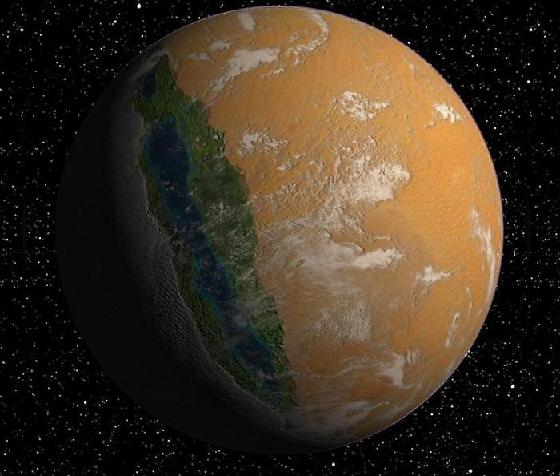A
Anonymous
Guest
Looks like the scientific opinion of intelligent life outside Earth has grown somewhat.
Linkee at BBC Science pages
Linkee at BBC Science pages
Number of alien worlds quantified
Intelligent civilisations are out there and there could be thousands of them, according to an Edinburgh scientist.
The discovery of more than 330 planets outside our solar system in recent years has helped refine the number of life forms that are likely to exist.
The current research estimates that there are at least 361 intelligent civilisations in our Galaxy and possibly as many as 38,000.
The work is reported in the International Journal of Astrobiology.
Even with the higher of the two estimates, however, it is not very likely that contact could be established with alien worlds.
While researchers often come up with overall estimates of the likelihood of intelligent life in the universe, it is a process fraught with guesswork; recent guesses put the number anywhere between a million and less than one.
"It's a process of quantifying our ignorance," said Duncan Forgan, the University of Edinburgh researcher who carried out the work.
In his new approach, Mr Forgan simulated a galaxy much like our own, allowing it to develop solar systems based on what is now known from the existence of so-called exoplanets in our galactic neighbourhood.
These simulated alien worlds were then subjected to a number of different scenarios.
The first assumed that it is difficult for life to be formed but easy for it to evolve, and suggested there were 361 intelligent civilisations in the galaxy.
A second scenario assumed life was easily formed but struggled to develop intelligence. Under these conditions, 31,513 other forms of life were estimated to exist.
The final scenario examined the possibility that life could be passed from one planet to another during asteroid collisions - a popular theory for how life arose here on Earth.
That approach gave a result of some 37,964 intelligent civilisations in existence.
Form and function
While far-flung planets may reduce uncertainty in how many Earth-like planets there are, some variables in the estimate will remain guesses.
For example, the time from a planet's formation to the first sparks of life, or from there to the first intelligent civilisations, are large variables in the overall estimate.
For those, Mr Forgan says, we will have to continue to assume Earth is an average case.
"It is important to realise that the picture we've built up is still incomplete," said Mr Forgan.
"Even if alien life forms do exist, we may not necessarily be able to make contact with them, and we have no idea what form they would take.
"Life on other planets may be as varied as life on Earth and we cannot predict what intelligent life on other planets would look like or how they might behave."


